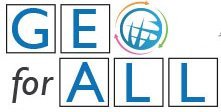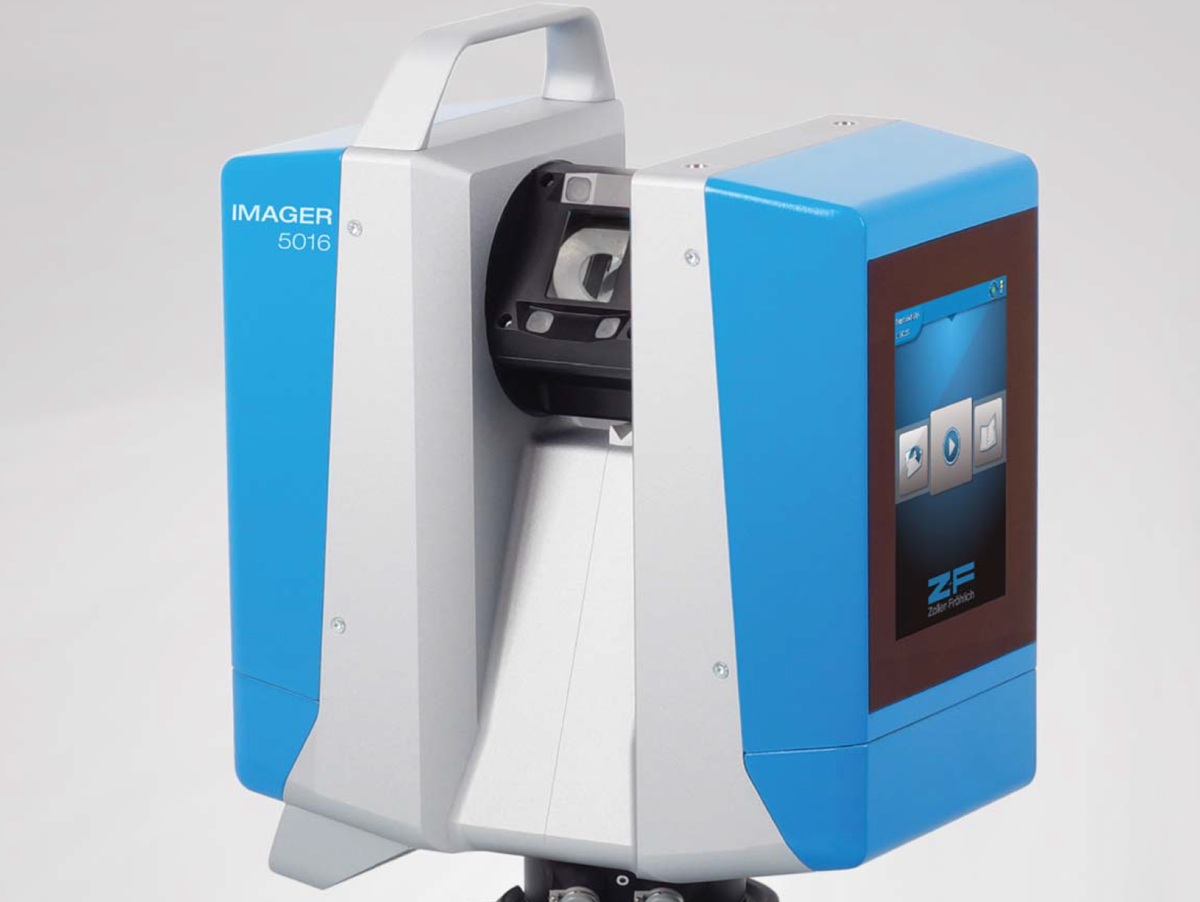Zoller + Fröhlich, more familiarly known as Z+F, is not new to the spotlight. For years, its laser scanners have been the silent workhorses behind some of the most demanding tasks in architecture, heritage conservation, infrastructure monitoring, and forensic documentation. The company’s reputation has rested largely on the reliability of its phase-based scanning systems—devices known less for flash than for rock-solid fidelity. But in 2025, the script seems to be shifting.
The unveiling of the IMAGER® 5024 series, the mobile-ready FlexScan 22, and a refreshed lineup of profilers marks an assertive step toward faster, more modular, and increasingly mobile workflows. On paper, the 5024 is everything a field surveyor might hope for: faster scan cycles, reduced color capture times, and a range of hardware configurations to suit different field demands.
The introduction of TopCam®—a high-speed color imaging integration—suggests Z+F is no longer content with static perfection; they’re chasing efficiency too. In ideal conditions, what used to take minutes can now be accomplished in seconds. That could be transformative in high-volume field campaigns. But speed, as ever, is only an advantage if accuracy tags along.
The real challenge lies in the transition from lab to landscape. TopCam’s promise of rapid colorization raises reasonable doubts about photogrammetric alignment. Are textures cleanly mapped under variable light? Does the system handle motion blur or angular offset during brisk field sessions? Z+F's documentation is optimistic; independent data, however, is still conspicuously absent.
This brings us to the 5016—the dependable veteran of the Z+F stable. Still widely used and respected, it offers a steady blend of portability, range (around 365 meters), and reliable color imaging via its HDR camera. While it may lack some of the bells and whistles of the 5024, its inclusion in real-world projects and academic literature gives it an edge the newer models don’t yet have: validation.
The FlexScan 22 enters the scene with bigger ambitions. It doesn’t just augment the scanning workflow—it proposes a different one altogether. By mounting Z+F’s scanning engines onto mobile SLAM platforms, FlexScan 22 targets rapid, trajectory-aware scanning for urban corridors, construction sites, and complex indoor environments.
And while this fusion of static accuracy with SLAM dynamism is compelling, the field conditions it’s designed for are far from forgiving. Environments riddled with GNSS dropouts, occlusions, or moving elements quickly expose the limitations of even the best SLAM systems. FlexScan’s stated centimeter-level accuracy will have to withstand the brutal indifference of real-world conditions.
Meanwhile, the Profiler 9020 and its 9020C variant cater to infrastructure-specific applications—rail lines, tunnels, roadways—where fast, clean cross-sectional geometry is non-negotiable. Their tight integration with trajectory tools and their lower power draw make them practical, even efficient. But as with all specialized instruments, they’re only as good as the systems they plug into. Without careful synchronization and sensor fusion, even the sharpest scans can produce misaligned data.
And then there’s software—a domain where Z+F is anything but idle. LaserControl®, SynCaT®, and the "Blue Workflow®" framework support everything from raw scan acquisition to bundle adjustment and export. These tools are impressively capable, but also layered with complexity. They offer flexibility, yes, but also demand expertise. This is not plug-and-play territory. For teams unaccustomed to plane-based registration or multi-echo deconvolution, there’s a learning curve steep enough to stall momentum.
The elephant in the room, however, is empirical evidence—or rather, the lack of it. A sweep through major research databases reveals no peer-reviewed studies using the IMAGER® 5024, FlexScan 22, or TopCam as of October 2025. The 5016 has made appearances in academic work, but its younger siblings are still waiting for their moment under scrutiny. This absence is understandable for recently launched hardware—but it’s not trivial. The tools are being marketed as field-ready, but without published noise levels, drift behavior, or SLAM alignment error under real conditions, practitioners are essentially beta-testing on production workflows.
That said, the potential here is difficult to ignore. If the 5024's speed improvements don’t sacrifice precision, if TopCam delivers color fidelity under time pressure, and if FlexScan proves robust across urban and indoor challenges, Z+F will have succeeded in extending its excellence into new terrain. For now, though, the prudent path is one of verification: run pilot deployments, benchmark against known standards, document calibration stability and scan quality, and keep a skeptical eye on manufacturer claims.
In essence, Z+F is attempting a subtle but significant transformation—from a company known for stationary rigor to one capable of handling dynamic, high-throughput, real-time capture. It's a commendable ambition. The hardware looks sound. The software is deep. The modularity of their ecosystem is, in many ways, ahead of the curve. But ambition without validation is just speculation dressed in marketing. Until the geomatics community subjects these systems to rigorous, transparent testing, the promise of Z+F’s new generation remains suspended—tantalizing, yes, but unconfirmed.
Source: ( https://zf-usa.com/laser-scanners/ )




